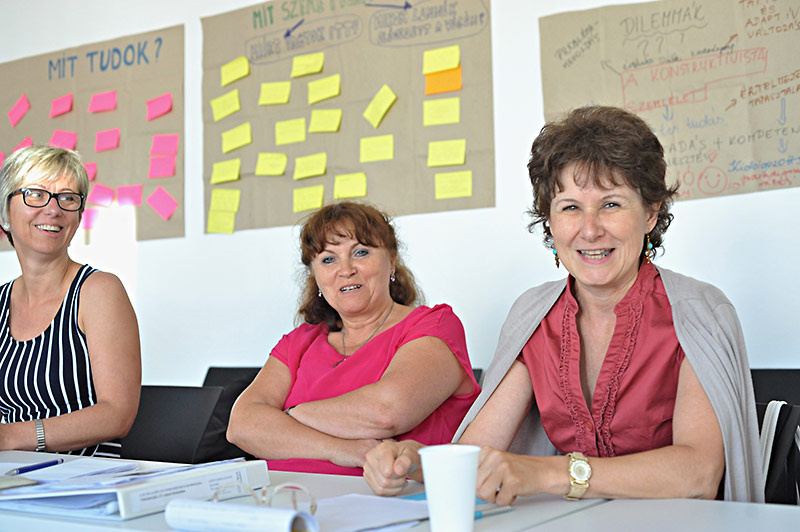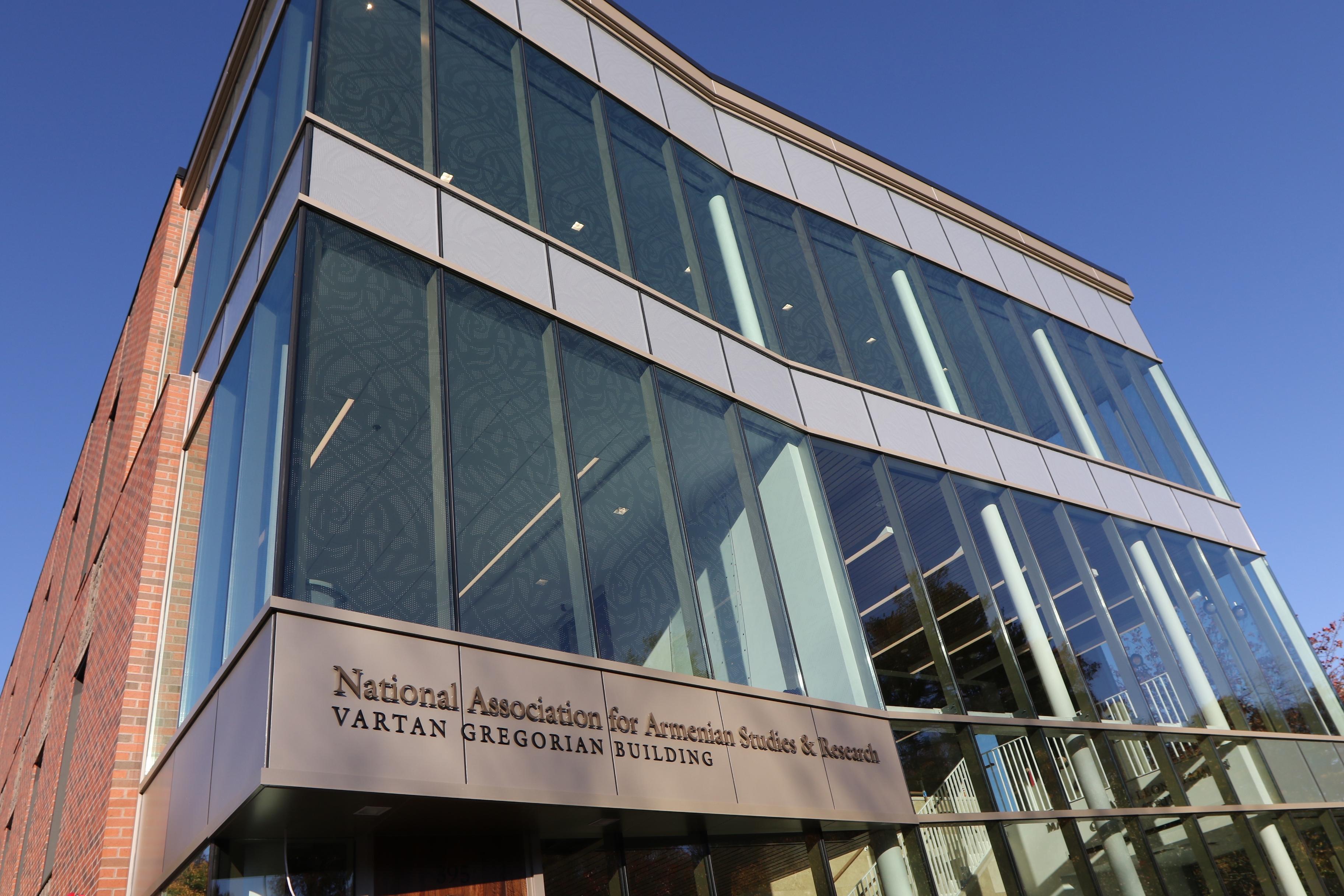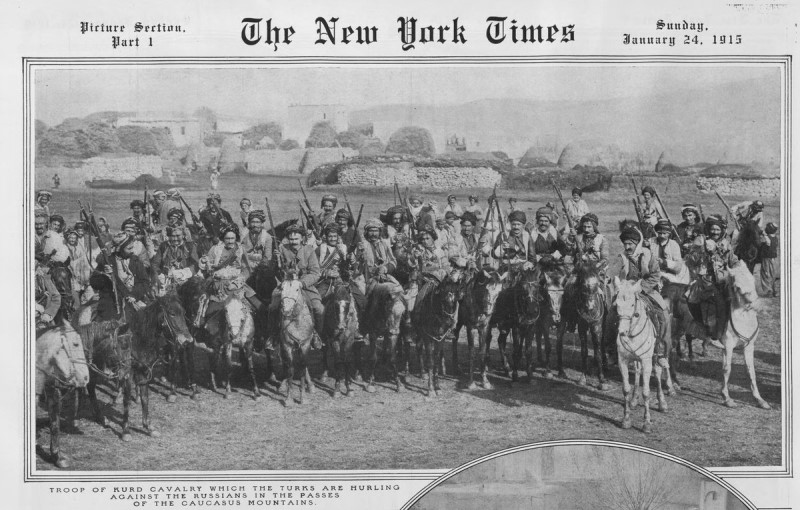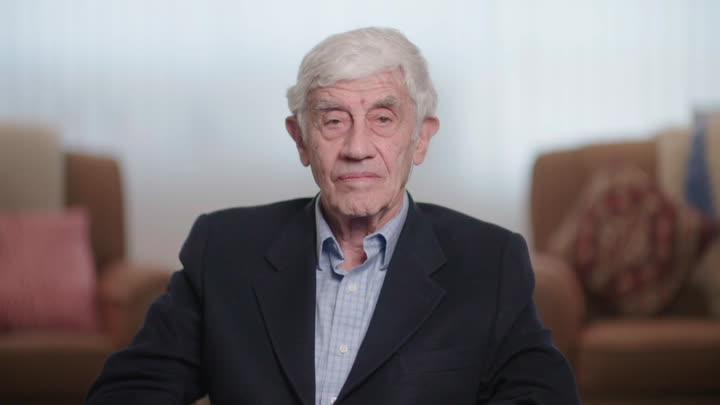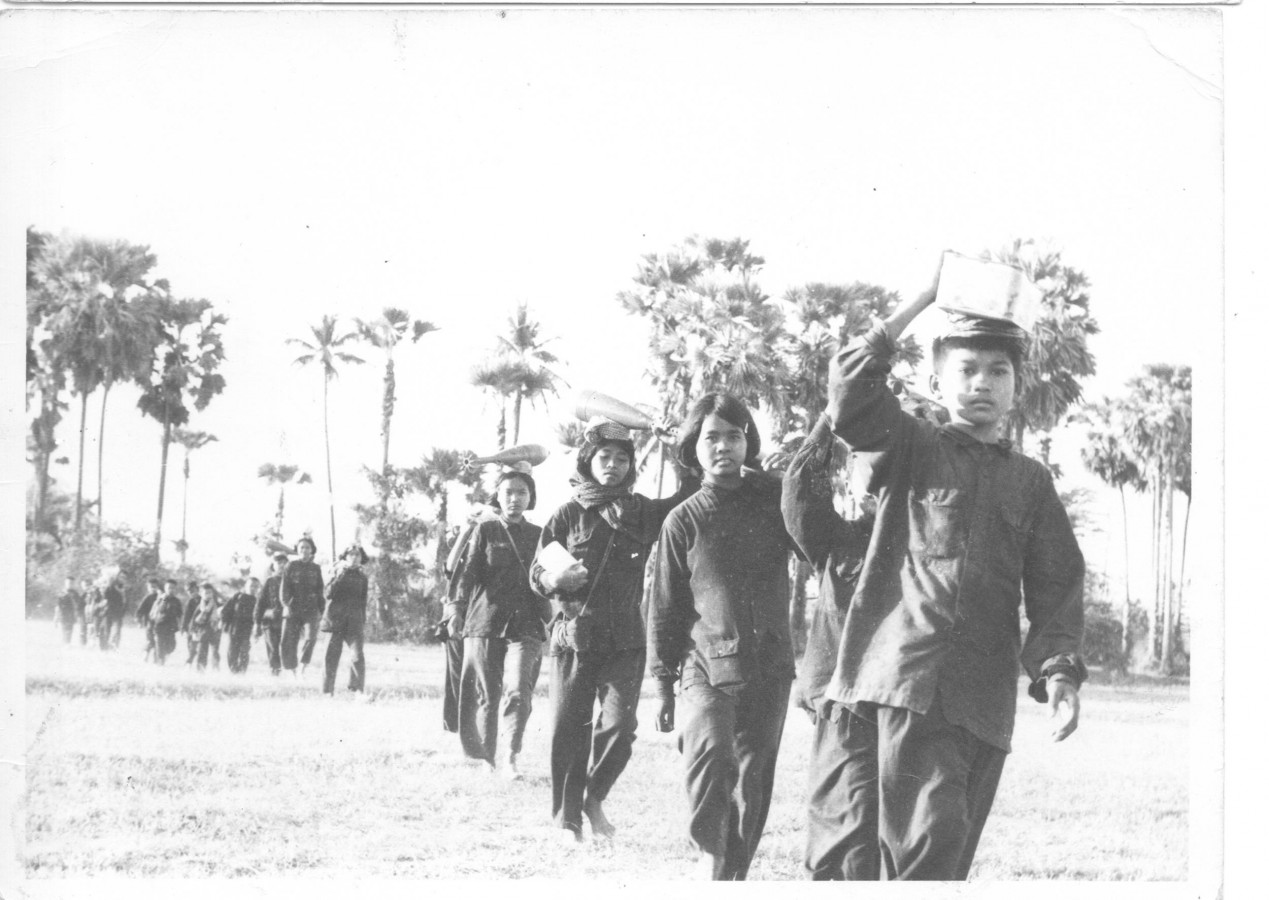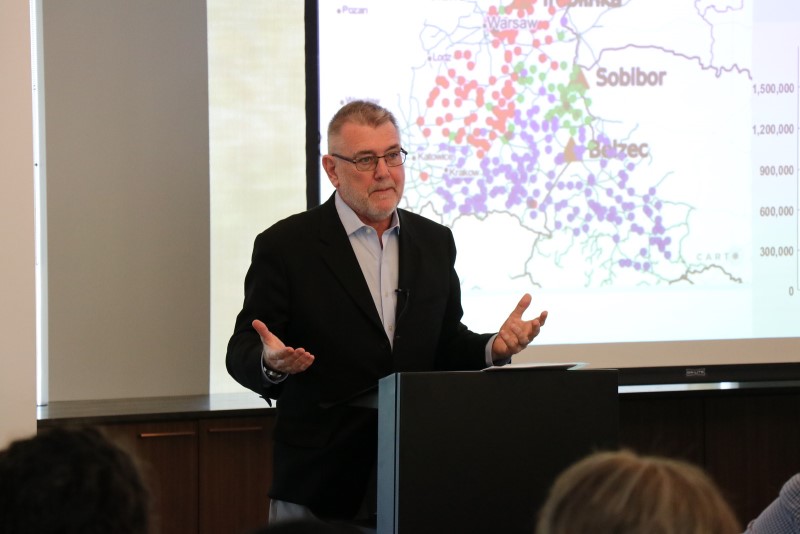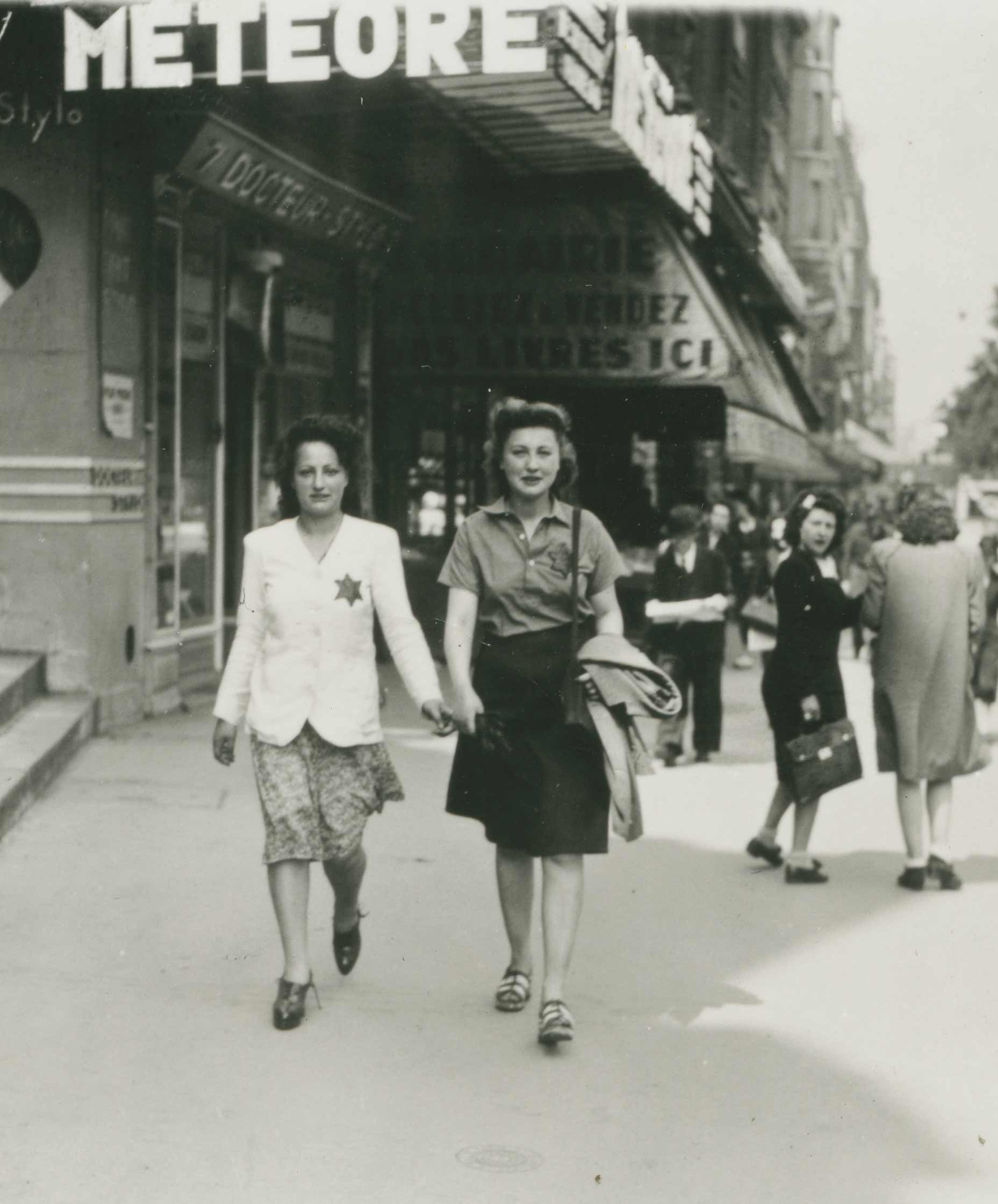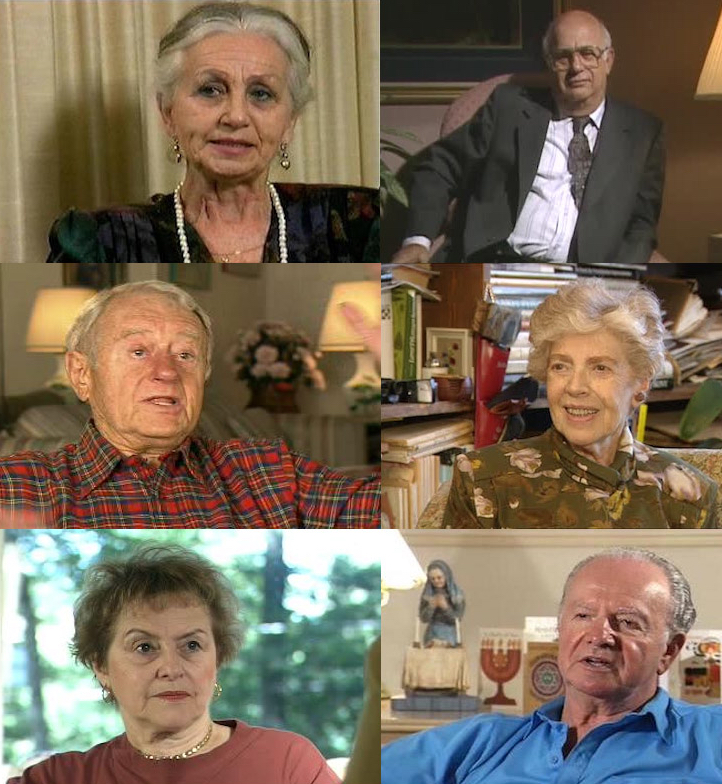A Dél-Kaliforniai Egyetem (USC) Soá Alapítvány
nemzetközi oktatási programja Magyarországon
MOST jelentkezhet a magyarországi program kilencedik évfolyamára!
Jelentkezés az online jelentkezési lap kitöltésével!
Online képzés: június 22-26.
Online kurzus (önálló tanulás): június 27 – július 15.
Jelentkezési határidő: 2020. május 31.
The National Association for Armenian Studies and Research (NAASR) will feature full access to the public of the USC Shoah Foundation’s Visual History Archive (VHA) of over 54,000 testimonies. One of the world’s leading Armenian Studies centers, NAASR advances education and scholarship through supporting and connecting scholars globally and providing outstanding programming to the general public. NAASR plans to conduct outreach with schools, colleges, libraries, and other institutions in order to spread awareness about the availability of the VHA at NAASR’s headquarters.
“Continuity, Escalation, and Local Actors: The Hamidian Massacres and the Armenian Genocide”
Mehmet Polatel
2019-2020 Center Junior Postdoctoral Research Fellow
April 13, 2020
Panama’s Jewish community is commemorating Yom HaShoah virtually this year with a week-long series of thematic Instagram posts that will integrate clips from USC Shoah Foundation’s Visual History Archive.
In memory of the six million killed, Panama Friends of Yad Vashem coordinated a six-day campaign focused on survivor families in Panama, the 75th anniversary of the liberation of Auschwitz, and community commemorations of Yom HaShoah.
“Makeshift Murder: The Holocaust at Its Peak”
Peter Hayes (Northwestern University)
2019-2020 Shapiro Scholar in Residence
March 5, 2020
“Geographies of Persecution in Occupied Paris: Place and Space in Survivors' Testimonies”
Maël Le Noc (PhD Candidate in Geography, Texas State University)
2019-2020 Margee and Douglas Greenberg Research Fellow
March 12, 2020
I much enjoyed my stay at the USC Shoah Foundation Center for Advanced Genocide Research in early March, just before the pandemic turned all of our lives upside down. Meeting the wonderful members of the staff and seeing how much the operations of both the Foundation and the Center have grown since my last visit in 2014 were remarkable experiences.
Only a day after the University of Southern California announced that it would conduct a three-day test to move all classes online, which soon turned into a permanent arrangement until the end of Spring semester, my colleague and I gave our last in-person introduction to the USC Shoah Foundation Visual History Archive to a USC class. Perhaps serendipitously, one of the topics discussed in this class was physical health.
